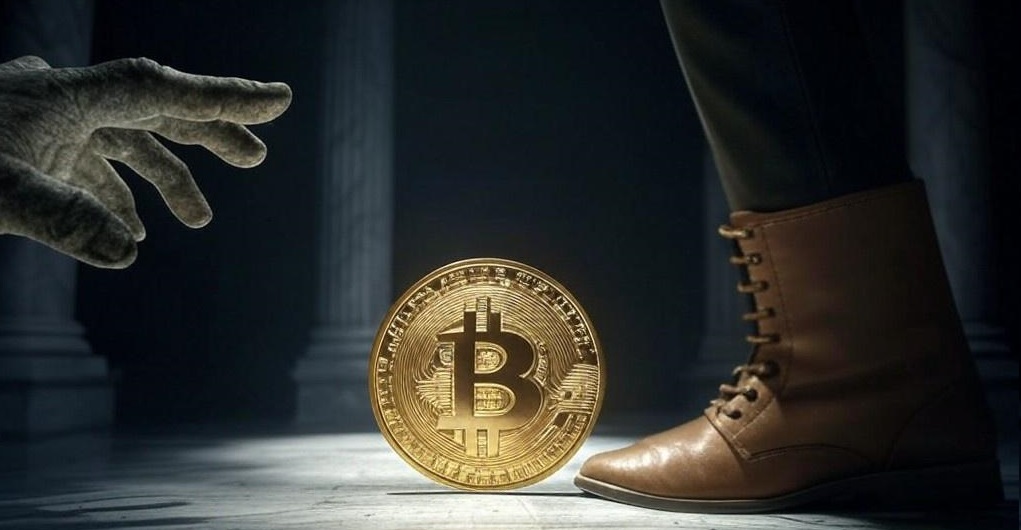Bitcoin Mining Pools are capitalizing a block space that, otherwise, would be empty.
According to the Mempool explorer developer. 9.002.455 Transactions with rates less than 1 SAT/VB distributed in 4,743 blocks.
That behavior allowed the pools Obtain additional 7.49 BTC in commissions using only 1,951 MVB of space that had not been sued for greater rate transactions.
As seen in the following image exposed by Mononaut, in green the amount of sub-1 SAT/VB transactions and how they have increased with the Bitcoin blocks are observed:


Transactions smaller than 1 SAT/VB are those that pay less than a satoshi per unit of virtual weight (Vbyte). In general, Bitcoin transactions compete to enter the blocks offering higher rates, which encourages miners to prioritize them. These transactions are demonstrating to be good for users and miners: the first spend less and the latter earn more Fees By block.
However, when there is free space, pools can choose to include lower rates operations, generating income that, although small, They represent a use of available capacity.
As cryptootics reported, this practice has established itself in recent months such as A growing trend in the main pools.
Most of those operations that pay extremely low commissions are linked to inscriptions Op_return generated by the miners themselves, or by projects that maintain direct agreements with them. Thus, they may not be available to common users.
However, idleness in Bitcoin blocks ends up being helpful for both miners and end users.
For the former, it represents an additional source of income by turning into profitable spaces that, otherwise, would be empty.
For the latter, it means the possibility that Transactions with minimal rates can be confirmed on the networkas long as there is free capacity and there is no strong competition for space.
More commissions, without impact on the stability of the blocks
Mononaut’s analysis also addresses the calls “Stale blocks” or orphan blocks.
These are blocks that were undermined almost at the same time as another valid block and that, for issues of propagation in the network, They end up being discarded. This phenomenon implies that the miners who produced these blocks do not receive any reward for their work.
In the last 5,000 blocks only three new cases of this type were recorded, “none of which could have been caused by transactions less than 1 sat/vb,” Mononaut said.
According to the developer, the inclusion of operations with such low rates has not generated Additional propagation problems nor has increased the probability of losing blocks because it is outside the main chain.
“The data set seems conclusive at this point: it was economically rational that the Pools reduce their minimal rates after all. They have won 7.49 BTC extra in commissions when filling space that, otherwise, would have been empty, without real evidence of an increase in the rate of orphan blocks.”
Mononaut, Mempool developer.space.
This behavior reflects that, beyond high -cost transactions that usually capture attention, there is also a market for operations with minimal rates, provided there is idle capacity.






Leave a Reply